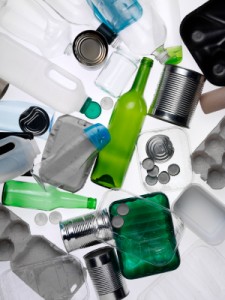
 Dear Annie,
Dear Annie,
My husband and I have had early stage breast and prostate cancer. I’ve been reading about endocrine disrupting chemicals and would like to avoid them, but where do I start? What advice do you have? Thanks, Annie – Kathy, CO
Dear Kathy,
Endocrine disrupting chemicals are materials that mimic natural hormones, tricking the body into thinking it is getting what it needs, but it malfunctions because the chemicals are flawed fakes. They are incredibly insidious in the product world. That means everything from non-stickware and stain sealants, to nail polish, to packaging plastics, to perfumes. Bisphenol A (BPA) is a big suspected culprit for both breast cancer and prostate problems, so I’d start there. Some quick places to look: polycarbonate plastics (hard plastic, such as those older Nalgene drinking water bottles).
Here is some information from the National Institute for Environmental Health Sciences. It elucidates some of the sources in food, which they say is the primary source of exposure:
What is bisphenol A?
Bisphenol A (BPA) is a chemical produced in large quantities for use primarily in the production of polycarbonate plastics and epoxy resins.
Where is BPA found?
Polycarbonate plastics have many applications including use in some food and drink packaging. These include water and infant bottles, compact discs, impact-resistant safety equipment, and medical devices. Epoxy resins are used as lacquers to coat metal products such as food cans, bottle tops, and water supply pipes. Some dental sealants and composites may also contribute to BPA exposure.
How does BPA get into the body?
The primary source of exposure to BPA for most people is through the diet. BPA in food and beverages accounts for the majority of daily human exposure, while air, dust, and water are other possible sources of exposure
Bisphenol A can leach into food from the protective internal epoxy resin coatings of canned foods. They’re also found in consumer products such as polycarbonate tableware, food storage containers, water bottles, and baby bottles. The degree to which BPA leaches from polycarbonate bottles into liquid may depend more on the temperature of the liquid or bottle, than the age of the container. BPA can also be found in breast milk.



